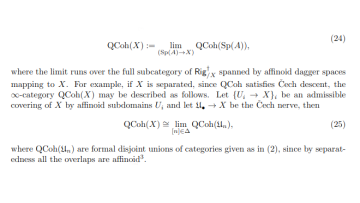This seminar has been cancelled
Abstract
Joint work Marta Betcke and Bolin Pan
In photoacoustic tomography (PAT) with flat sensor, we routinely encounter two types of limited data. The first is due to using a finite sensor and is especially perceptible if the region of interest is large relatively to the sensor or located farther away from the sensor. In this talk we focus on the second type caused by a varying sensitivity of the sensor to the incoming wavefront direction which can be modelled as binary i.e. by a cone of sensitivity. Such visibility conditions result, in Fourier domain, in a restriction of the data to a bowtie, akin to the one corresponding to the range of the forward operator but further narrowed according to the angle of sensitivity.
We show how we can separate the visible and invisible wavefront directions in PAT image and data using a directional frame like Curvelets, and how such decomposition allows for decoupling of the reconstruction involving application of expensive forward/adjoint solvers from the training problem. We present fast and stable approximate Fourier domain forward and adjoint operators for reconstruction of the visible coefficients for such limited angle problem and a tailored UNet matching both the multi-scale Curvelet decomposition and the partition into the visible/invisible directions for learning the invisible coefficients from a training set of similar data.
Our new short film series 'Show Me the Maths' doesn't beat about the mathematical bush. It gets right down to it. Down, that is, to the maths, in all its crucial, complex, sometimes incomprehensible (even to other mathematicians) guises. It's what mathematicians do.
The series will feature research in Number Theory, Mathematical Biology and the History of Mathematics, amongst others. First up: Arun Soor.


